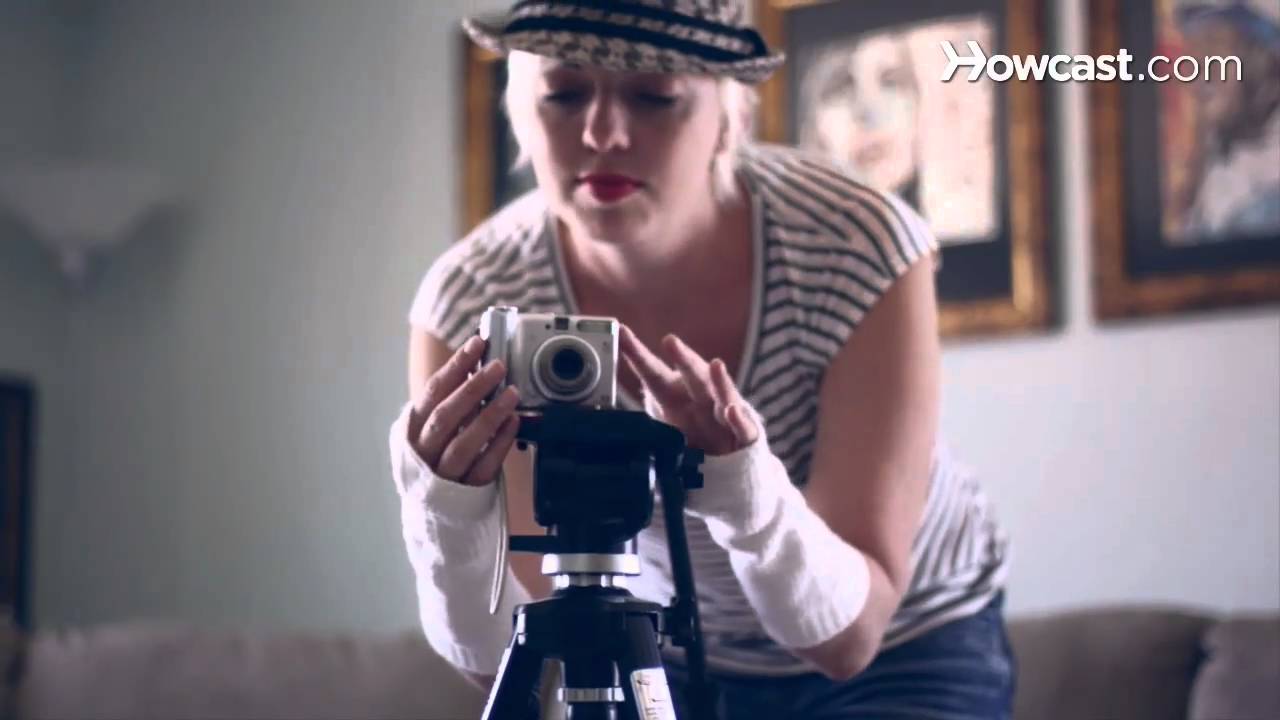How colorized photos helped introduce Japan to the world
[Music] pretty much as soon as photography was invented in the 1830s there was a desire to see it in color the new medium was hyper realistic but without color incomplete hand coloring photographs using paints or dyes began in europe but the best hand-colored photographs of the 19th century came from japan [Music] for over 200 years almost no one outside of japan knew what the country looked like the government closed the borders in 1635 to halt growing colonial influence mostly from catholic missionaries that took hold in the late 1500s leaving the country was forbidden those who tried were executed and with some exceptions contact with the outside world was cut off for two centuries but in 1854 a u.s naval expedition of warships led by commodore matthew perry forced japan to open its ports leading to an influx of travelers and traders from europe and north america foreigners coming to japan brought their clothes their culture and their cameras photography was relatively new at the time and became a lucrative trade for foreigners in newly opened japan starting in the 1860s photographers mostly european but some japanese documented japan's landscape and people creating collectible and highly prized images of japanese culture photography played very well into this kind of desire to learn more about japan this sense i think of japan as being you know formally kind of forbidden and beyond reach and all of a sudden now somehow knowable the technology of photography really played into that because it seemed to represent the real it seemed to record reality photography studios flourished in port cities like yokohama and as the medium became more popular cameras began appearing in ukiyo a traditional japanese woodblock prints too in this 1878 ukioe print a wealthy japanese woman admires photographic portraits with a stamp on the back indicating the studio of uchiro koichi a well-known japanese photographer at the time but it was a foreigner italian english feliz bayato that made expert quality hand coloring the defining characteristic of this era of japanese photography he was the first to really take advantage of color photography on a commercial scale in japan and what he was able to do was draw on this large body of highly trained artisans from the okio and the wood block print industry bayado and eventually other foreign photographers in japan hired fine artists as their apprentices to carefully hand color photographic prints tapping into an expertise of patient precision in the application of color onto flat images that have been in place in japan for generations [Music] unlike many hand-colored photographs in europe and north america which often ended up looking more like paintings than photographs japanese artists mostly used watercolors it created just a beautiful effect on the photographs the aesthetic quality a slight difference to other kinds of colored photographs made them very desirable taking advantage of that pool of talented highly skilled artisans from the woodblock print industry made that all the more possible the color added to the sense of realism in these images which made them even more collectible but many of these photos especially the ones staged in studios have artificial elements like backgrounds and fake snow added to dress up the scene and some constructed images of a society that was already largely in the past when they were made the samurai for example had all but disappeared by the 1870s these are models wearing old armor by the 1880s those same japanese apprentices that had made foreign operated businesses profitable dominated the market with photography studios of their own like kusaka bakimbe one of the most lucrative photographers at the end of the 19th century in japan an artist and former apprentice to foreign photographers who built on the precedent they set staging elaborate sometimes mythic scenes of japanese culture carefully applying watercolors and packaging them in expensive photo albums to sell to foreigners [Music] this photo of a woman holding an umbrella caught in a rainstorm is a good example of the meticulous work that photographers like kimbe put into staging supposedly typical scenes of japanese life the rain is simulated by scratches into the glass plate negative and the subject's kimono is attached to the photo studio's background to simulate wind these techniques drew unrecognizable tropes from japanese fine art in japan i think most directly we can see the relationship from ukulele woodblock print art to photography composition and more importantly subject matter i think you can see really direct relationship and because i think even with western audiences the knowledge of subject matter that was pictured in woodblock prince was sort of growing in the 19th century so it only made sense for photographers to build on this familiarity the rise of amateur photography in the 20th century caused a decline of studio souvenir photography in japan kodak introduced the browning camera in 1900 and travelers could take their own photos plus the introduction of postcards and mass printed volumes of travel books meant the images made in japanese photo studios were less and less precious and therefore no longer profitable to spend so much time staging and then hand coloring studios like kimbez shifted their business model to accommodate a new amateur market selling supplies and offering darkroom space to tourists but for the second half of the 19th century images like these from japanese photo studios even though many were staged and sometimes already dated stereotypes had a lasting effect on how outsiders perceived japanese culture that image of the woman with the umbrella relates to centuries really of the way women were sometimes portrayed in japanese arts you have that trope but what happens when you translate it into photography is it takes on the sense of realistic representation in a way that a painting or wood blood print does not [Music] that photo of the woman with the umbrella is often credited to kimbe but it's also often credited to his predecessor austrian photographer baron raymond von stilfried one of the tricky parts of 19th century photography in japan is accurately identifying the original photographer as studios closed and photographers retired they sold their negatives to the competition who without copyright laws could claim the photos as their own so even after copyright laws were established it was very hard to enforce so as a result you see over decades the same images produced and reproduced under different studio labels which is one of the reasons why it's very difficult to attribute certain images to a specific photographer which explains why this photo of the empress of japan taken by uchirokuichi in 1872 appears in later photo albums mislabeled and credited to either felice bayardo or raymond von stilfried neither of whom took the picture and if you want to learn more about this i'd really recommend this book by terry bennett uh who i also interviewed for this episode reading this was a huge inspiration for this episode and it's got a lot of great info about how photography first came to japan and more detail about the photographers that were working there in the 19th century so check it out if you're interested and thanks for watching













